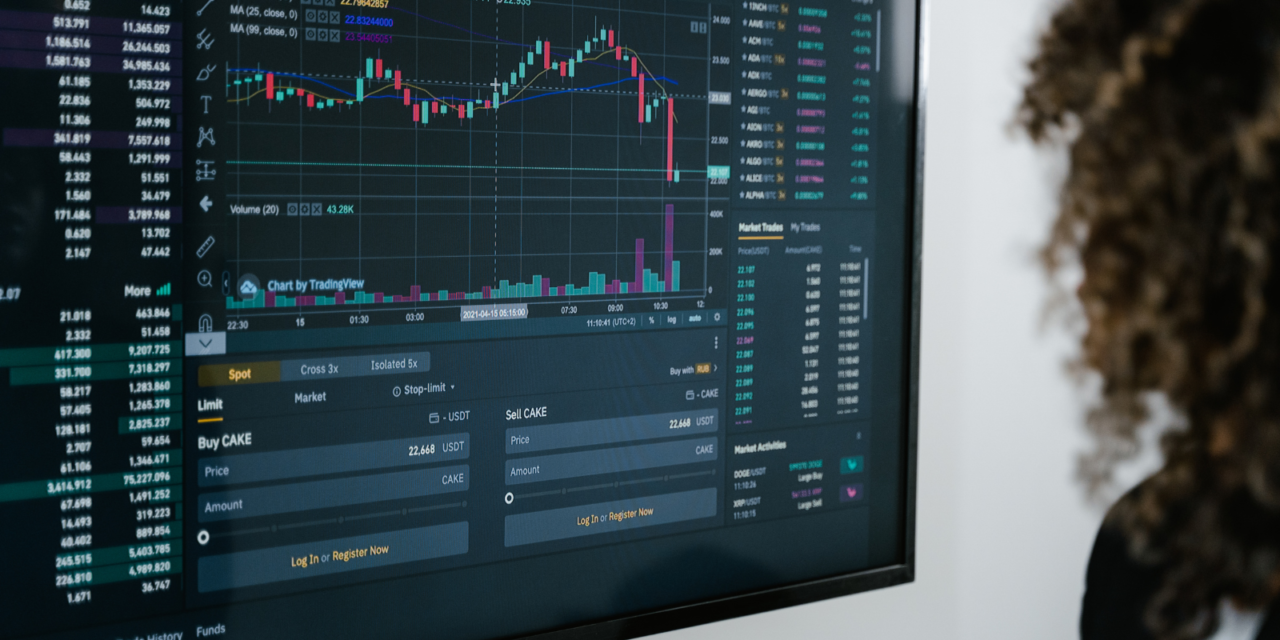Estimated reading time: 5 minutes
• The use of data for decision-making has grown extensively over the last decade. Leaps in data use and data leverage are courtesy of new technological developments in spheres like cloud computing, big data, analytics, and automation platforms.
• Procurement analytics simply relates to how organizations use big data in terms of procurement spend analytics and spend data to make more informed sourcing and supply chain decisions.
Analytics in procurement helps organizations obtain a more realistic and holistic perspective of their spending, thus improving their approach to procurement decision-making.
So, what’s procurement analytics, what does it seek to accomplish, and how’s the procurement landscape in 2022?
This post looks at procurement analytics in 2022.
What’s Procurement Analytics?
Procurement analytics refers to the process of identifying, collecting, collating, reporting, and analyzing procurement information for decision-making purposes. Procurement analytics simply extracts spending data and spending statistics to make informed purchase decisions.
Procurement data include budgets, purchase history, spending reports, and expenditures. Cash flowing from the organization to suppliers or vendors constitutes a critical element of procurement data that must be accounted for to optimize costs and improve expenditure.
Procurement analytics generally entails collecting data from various enterprise resource planning systems and collating this data. Once compared, this data can be divided into single-use-case scenarios or even standard cases.
Procurement data is then transmitted to a visual dashboard where it’s reported to the relevant stakeholders including procurement managers, category managers, financial managers, CEOs, and strategic managers.
Procurement analytics has emerged due to the growing demand for a consolidated, unbiased, accurate, timely, and realistic perspective of spending.
Procurement analytics has developed from simple ideas like spend cubes and grown to more extensive and robust like dashboards and automation software.
Therefore, procurement analytics transcends data visualization. Procurement analytics operates like a refined one. It entails the end-to-end process of identifying the best data, dividing this data, refining this data, and enriching the data so that it can add meaningful business value.
In procurement analytics, you deliver value through more actionable, timely, and accurate business insights. In addition, the need to measure procurement’s impact on an organization reinforces the significance of analytics in procurement processes.
Types of Procurement Analytics
Here are the most common types of procurement analytics
- Descriptive analytics: A type of procurement analysis that analyzes what has happened in the past to improve future sourcing prospects. For instance, you can analyze procurement spending to determine purchase history, including how much you spent on a specific vendor.
- Diagnostic analytics: A type of procurement analysis that investigates why something has happened in the past – like a price increase, etc. For instance, procurement data can be inspected to determine price hikes in the past, changes in pricing policies, as well as determining product pricing shifts over the last few weeks.
- Predictive analytics: Using procurement data to forecast future happenings. For instance, purchase history trends can be utilized to understand future purchasing patterns and this information can be used to inform sourcing strategies, including bargaining points or pricing thresholds.
- Prescriptive analytics: This is where the analysis of procurement data aids in decision-making. Prescriptive procurement analytics may use existing prices to determine future sourcing strategies. For instance, if an organization is working with an ‘expensive’ supplier, it can use historical purchase prices to determine how this supplier compares to other seemingly cheaper or cost-effective suppliers.
So, where procurement spending analysis is used to make informed business decisions relating to correcting or improving sourcing, it automatically qualifies as prescriptive analytics.
Benefits of Procurement Analytics
Procurement analytics doesn’t only touch on an organization’s spending. Procurement analytics relates to everything from purchase requisition, purchase orders, category management, contract management, and compliance.
Procurement analytics is the end-to-end process of creating a robust procurement platform and harmonizing procurement activities to create an efficient procurement.
Therefore, procurement analytics relates to everything from optimizing data to contract management, in creating a truly efficient and robust procurement process.
1. Category management
Procurement analytics can help category management transform and revolutionize their processes. Procurement analytics allows category managers to achieve the following:
- Facilitate innovation
- Develop vendor relationships
- Address supply chain risks
- Optimize category opportunities
- Procurement analytics improves visibility in product category utilization
Procurement analytics empower category managers to make informed business decisions and optimize cost-saving opportunities.
2. Strategic sourcing
Data is the oil behind well-performing strategies. In developing the right sourcing practices, data becomes critical especially in classifying, comparing, and reporting on supplier outcomes. Procurement analytics can capture which data to include when sourcing products and provide valuable information on supplier risk and quality positions.
3. Contract management
Procurement analytics helps in contract lifecycle management. Procurement analytics can provide data and notifications on when contracts should be signed. In addition, analytics can inform you of contract negotiation processes. Analytics improve contract coverage and help with compliance.
4. Source to pay processes
Analytics provide value in source-to-pay processes. You can improve payment terms and measure purchase order cycles solely with procurement analytics. Procurement analytics provides a statistical, quantitative, and mathematical approach to viewing and managing your procurement-related activities.
5. Sustainability
Procurement analytics help expose issues, trends, and patterns in environmental and social responsibility. Analytics are being used to expose violations of fundamental human rights alongside showing investment opportunities in social and environmental wellbeing.
Spending analytics and procurement data can expose the social and environmental impacts of procurement decisions. Procurement analytics can guide procurement processes toward environmental and social-wellbeing.
6. Risk management
Finally, procurement analytics can identify and mitigate risks. For instance, analytics can help uncover the complex interrelationships between risk, CSR initiatives, supply, and pricing in determining risk mitigation approaches.
You can contact ProcurePort to optimize procurement analytics solutions.










